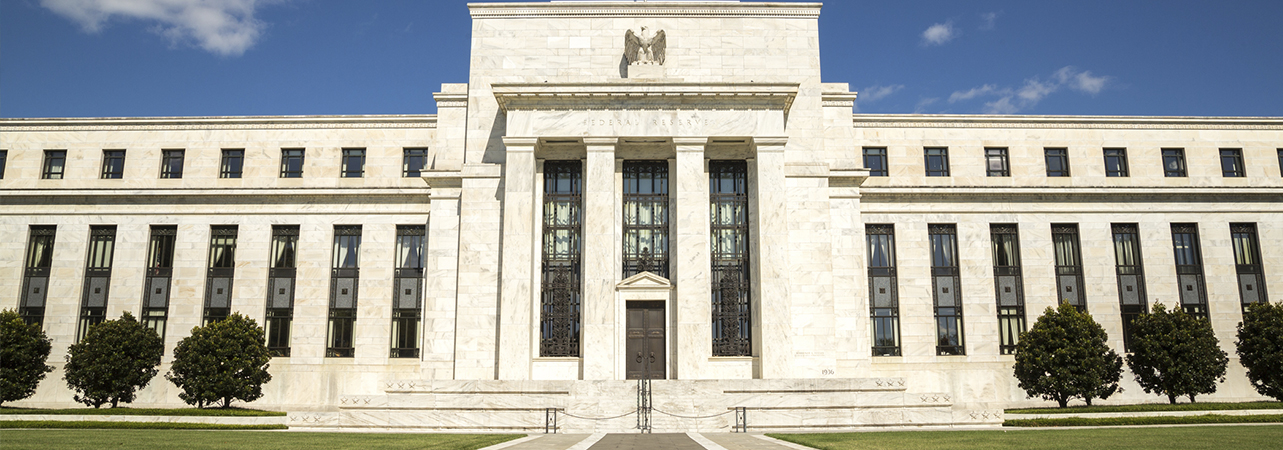US Treasury bond yields rose during May: government spending continued to rise and central bank policy showed signs of shifting as Federal Reserve Chair Jerome Powell emphasised that the Fed would take all necessary action to support the US economy, and had not “run out of ammunition by a long shot”.
- Fed policy showed signs of shifting
- Relations soured between the US and China
- Investors’ appetite for fixed income funds rebounded
To view the series of market updates through May, click here
US Treasury bond yields rose during May: government spending continued to rise and central bank policy showed signs of shifting as Federal Reserve (Fed) Chair Jerome Powell emphasised that the Fed would take all necessary action to support the US economy, and had not “run out of ammunition by a long shot”. The ten-year US Treasury bond yield rose from 0.62% to 0.66% over May, but dipped towards the end of the month as relations between the US and China worsened. US ten-year Treasury bond yields have remained below 1% since mid-March. Meanwhile, the 30-year US Treasury bond yield rose from 1.27% to 1.41%.
“US ten-year Treasury bond yields have remained below 1% since mid-March”
The global rate of corporate defaults reached their highest year-to-date levels since 2009, according to S&P Global Ratings, which found that defaults across all regions increased as social distancing measures and lockdowns hampered economies. Consumer products led the global default count, followed by media and entertainment. Overall, the most common cause of default so far this year has been missed interest and principal payments.
Credit ratings agency Fitch found that the percentage of issuers with a “negative” rating outlook has posted a significant global increase across sectors as the impact of the pandemic has intensified. Financial institutions have experienced the most substantial increase in revisions from “stable” to “negative”. Fitch downgraded its forecasts for global economic growth in 2020, and now expects the global economy to contract by 4.6% this year, compared with an earlier forecast of -3.9%. At a regional level, Fitch maintained its forecasts for the US, China and Japan, but cut its outlooks for the eurozone, India, Brazil, and the UK. Looking further ahead, Fitch does not expect pre-virus levels of GDP to return until at least mid-2022 in the US, and even later in Europe.
After experiencing outflows of £7.4 billion in March, investors’ appetite for fixed income funds recovered in April, resulting in net retail inflows of £903 million. Demand for funds in the Global Bonds sector rebounded during the month, according to the Investment Association (IA) , and the sector was ranked in the top ten most popular IA sectors for April. Other fixed income sectors that appeared in the top ten included £ Corporate Bond, £ High Yield, and £ Strategic Bond, which staged a strong comeback after ranking in last place during March.
A version of this and other market briefings are available to use in our newsletter builder feature. Click here




